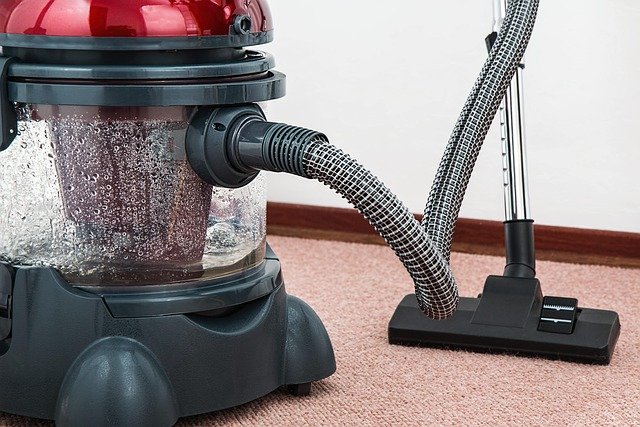Inspection timing by appliance age and operating signals
Inspection timing for heating appliances depends on both age and the operating signals the system produces. Regular checks help identify wear, changes in combustion behavior, or airflow restrictions before they cause inefficiency or safety issues. This article explains how runtime patterns, soot, sensor readings, and other indicators guide when to schedule inspections and what to prioritize during service.

How does appliance age affect inspection scheduling?
Older appliances commonly show gradual wear that affects components and performance; age alone doesn’t dictate exact timing but informs frequency. Newer systems often require routine checks annually, while appliances beyond mid-life should be assessed more often because seals, ignition parts, bearings, and heat exchangers can degrade. Track runtime hours and any unusual cycles: increased runtime, frequent short cycles, or more pilot relights are operating signals that suggest advancing inspection intervals to verify safe, efficient operation and to plan component replacement before failures.
What do airflow, ductwork, vents, and filtration indicate?
Airflow levels, ductwork condition, and vents are direct indicators of distribution efficiency and indoor air quality. Restricted airflow from clogged filtration, crushed ducts, or blocked vents increases runtime and reduces heat delivery. Inspectors look for collapsed ductwork, poorly sealed joints, and dirty filters that should be replaced on a schedule aligned with usage and indoor particle loads. Correct sizing and cleanliness of filters and ducts also protect blowers and controls; addressing these issues can restore measured airflow and reduce unnecessary runtime.
When should combustion, soot, and efficiency trigger inspections?
Signs in the combustion process — persistent soot, orange rather than blue flames, or unexplained efficiency drops — are clear operating signals for immediate inspection. Soot buildup can indicate incomplete combustion or fuel delivery problems and can accelerate component wear. Efficiency changes are often measurable through fuel use and runtime comparisons; when efficiency decreases without a change in setpoints, schedule diagnostics to evaluate combustion adjustments, burner condition, and heat exchanger integrity to reduce safety risks and recover performance.
How do thermostats, zoning, and sensors affect timing?
Thermostats, zoning controls, and sensors shape how a system runs and reveal control-related issues. Miscalibrated thermostats or failing sensors can cause overcycling or extended runtime in portions of a home, while zoning dampers that stick or communicate poorly will alter load distribution. Regular calibration of thermostats and testing of zoning equipment helps align actual operation with intended schedules. If occupants report inconsistent temperatures or certain zones lag, prioritize inspections that include sensor checks and control diagnostics.
What role do calibration and diagnostics play?
Calibration and electronic diagnostics translate operating signals into actionable inspection needs. Modern systems include sensors and control boards that log faults and runtime data; reviewing these logs during service can identify patterns such as repeated ignition failures or repeated fault codes indicating component stress. Calibration of sensors and controls ensures accurate readings for temperature and pressure, which improves efficiency and helps maintenance professionals decide whether cleaning, adjustment, or part replacement is required to restore expected performance.
How to use runtime and scheduling signals for inspections?
Use runtime trends and simple operational signals to build a risk-informed inspection schedule. Track average daily runtime, frequency of cycling, and any soot or airflow symptoms; establish baseline behavior after service so deviations stand out. For households with heavier use or visible soot, shorten inspection intervals and consider coordinating inspections with local services to address both distribution and combustion issues. Scheduling inspections around seasonal transitions—before peak heating periods—helps catch problems that would otherwise increase runtime and reduce system efficiency.
Conclusion Inspection timing should balance appliance age with clear operating signals. Monitoring runtime, watching for soot or combustion changes, checking airflow and filtration, and validating thermostats, zoning, and sensors all guide when to schedule service. Regular calibration and diagnostics convert observed behavior into targeted maintenance steps, supporting safer, more efficient operation throughout an appliance’s life span.






